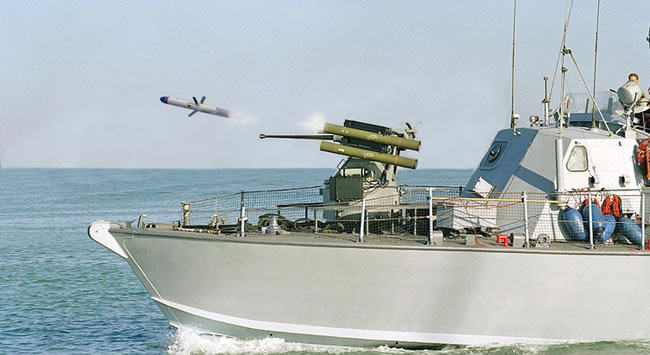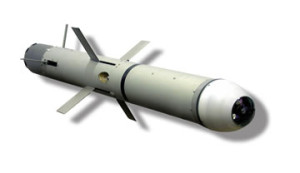

After decades of relying exclusively on laser and GPS for precision attack, the military and US special operations community is slowly opening to consider Electro-Optically (EO) guided weapons, gaining strike precision at extended range. In a recent test conducted by NAVSEA, six Spike EO guided missiles were launched from an USV-PEM unmanned boat, engaging targets 1.9 nautical miles (3.5 km) away. Such capabilities will further develop as EO guidance techniques become feasible and affordable, relying on matured image processing techniques, Micro-Electro Mechanical Systems (MEMS), miniaturized imaging sensors, navigation and communications derived from commercial off the shelf technologies.
This trend is correlated with a shift in military focus, from traditional linear battles toward asymmetric warfare. Different from the hardened, well-protected and distinct military targets of the past that could be neutralized by massive penetrating warheads today’s targets are vulnerable, yet illusive. They lack distinct signatures pursued by automatic target recognition, but are clearly recognized by the human operator, hence, bringing back ‘man in the loop’ control. Such control has been realized as imperative for modern asymmetric warfare, facilitating maximum flexibility in seizing short term opportunities while eliminating engagement of innocent people which the enemy often use as ‘human shields’, when briefly exposed in the open.
Outside the USA EO guided missiles became much more popular, with the Israeli Spike missile with its four variants leading the way for more than 20 armies worldwide, including the largest forces in NATO. Spike was developed and produced by RAFAEL Advanced defense Systems. This weapon offers the most advanced level of EO guidance, dubbed ‘4th Generation’. The Israeli Tamuz – also known as Spike NLOS, was fielded by the IDF two decades ago, became the first land-based missile to strap a thermal imaging sensor to enable the operator to ‘see’ the target from the missile’s point of view. For the first time, the lengthy and complex ‘sensor to shooter’ coordination cycle was reduced into minutes and seconds.
Subscribe or Log-in to Defense-Update read the full version of this analysis
The Spike developer RAFAEL considers the system should maintain its development course as an EO system – enhancing the system through the improvement phased improvements – introducing Miniature Electro-Mechanical Systems (MEMS), large matrix imaging sensors and versatile actuating systems enabling manufacturers to drive weapons cost to the level of laser guided weaponry, shrinking the size to introduce smaller and lighter precision weapons, and enabling the warfighters on land, at sea and in the air to carry out their missions much more effectively, while remaining safe at stand-off distance.

















